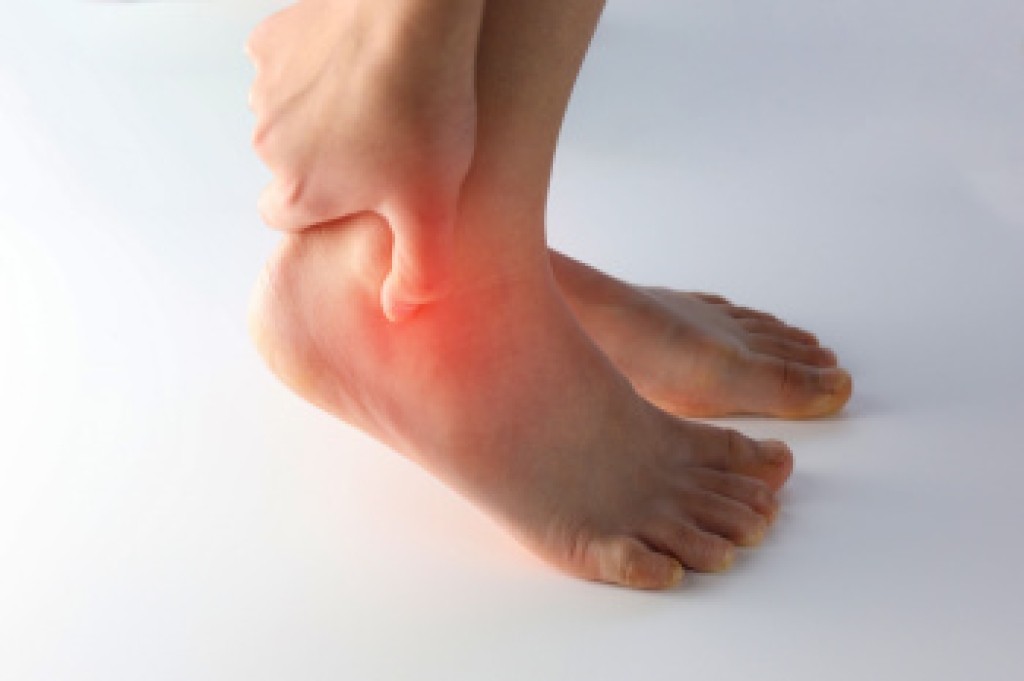
Running places repetitive stress on the feet and ankles, which can lead to overuse injuries if alignment, footwear, or training habits are off. Common conditions include plantar fasciitis, Achilles tendon strain, stress fractures, and ankle sprains. These injuries often result from tight muscles, wearing worn-out shoes, or sudden increases in mileage or intensity. Early warning signs include persistent soreness, swelling, or stiffness that worsens with activity. Rest, stretching, and supportive footwear can help relieve mild discomfort, but ongoing pain should be evaluated by a podiatrist. Custom orthotics and gait analysis can correct imbalances and reduce pressure on vulnerable areas. Preventing running injuries starts with gradual training progress, proper warm-up routines, and shoes designed for your foot and running type. If pain is keeping you from running comfortably, it is suggested that you seek professional help from a podiatrist.
Exercising your feet regularly with the proper foot wear is a great way to prevent injuries. If you have any concerns about your feet, contact Edward Orman, DPM of Honeygo Podiatry. Our doctor will treat your foot and ankle needs.
How to Prevent Running Injuries
Many common running injuries are caused by overuse and overtraining. When the back of the kneecap starts wearing out and starts causing pain in your knee, this is commonly referred to as runner’s knee. Runner’s knee is a decrease in strength in your quadriceps and can occur if you’re not wearing properly fitted or supporting shoes. To prevent runner’s knee, focusing on hip strengthening is a good idea, as well as strengthening your quads to keep the kneecaps aligned.
What Are Some Causes of Running Injuries?
- One cause of a common running injury is called iliotibial band syndrome.
- Plantar fasciitis is also another common injury.
- Stress fractures can occur from overtraining, lack of calcium, or even your running style.
Best Ways to Prevent Running Injuries
- Wear footwear that fits properly and suits your running needs.
- Running shoes are the only protective gear that runners have to safeguard them from injury.
- Make a training schedule. Adding strengthening exercises as well as regular stretching can help keep you strong and limber and can lessen the possibility of injuries.
- Stretching keeps muscles limber; this will help you gain better flexibility.
If you have any questions, please feel free to contact our offices located in Perry Hall, and Fallston, MD . We offer the newest diagnostic and treatment technologies for all your foot care needs.




